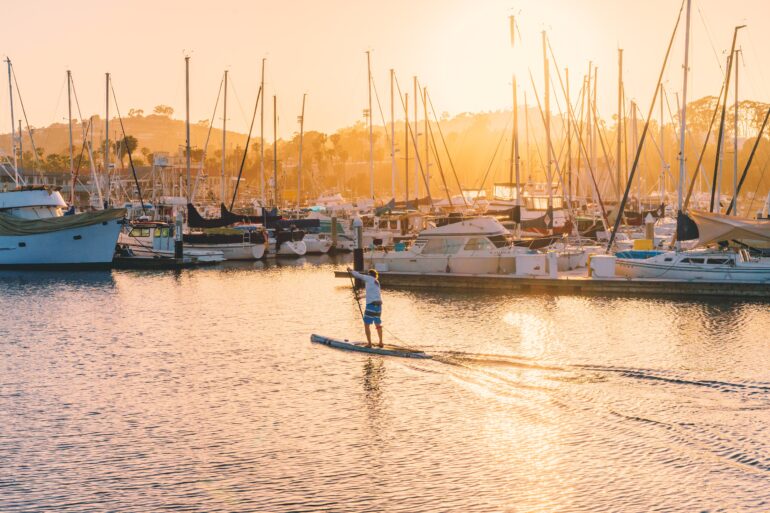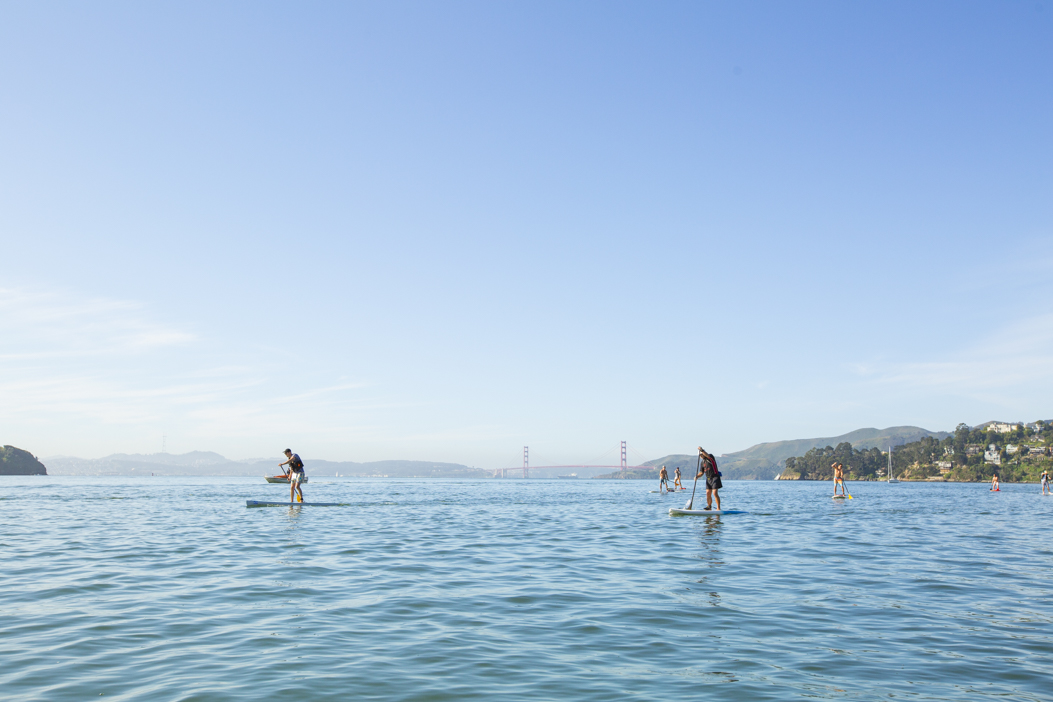Paddling is often portrayed as a peaceful, serene activity, a means of relaxation and soaking in the natural beauty around us. Certainly, it can be that.
What is missed or perhaps dismissed, by a big chunk of the fitness-chasing public, including a lot of gym rats, road warriors and trail fanatics: Paddling is a tremendous means of getting and staying fit, and a stellar training complement for many terrestrial activities.
Done right, paddle workouts can be an aerobic and strength-training powerhouse in one. But paddling has some added benefits that are particularly suited for aging athletes (i.e. most of us).
“The cross-training potential is tremendous,” says pro paddler and coach Jay Wild, long regarded as one of the top paddlers in Northern California across multiple disciplines: stand-up, outrigger, prone and surf ski.
“Essentially, paddling is better for your body because it’s a low-impact sport. There’s not that constant pounding on your joints, particularly your knees, ankles and hips,” says Wild. “And the core stabilization you get through paddling translates to any other activity, and virtually anything you do in daily life.”
“You have to watch out for overuse injuries but that can be mitigated by good technique,” says Wild, co-founder Waterman’s Landing with his wife Anik, a full-service paddler’s paradise on the north shore of Lake Tahoe, where you can find everything from lessons and rentals to coffee and breakfast burritos.
Not only does paddling help ease wear and tear on cranky joints and tighten your core, but it can help improve proprioceptive balance, often cited as one of the keys to longevity. In the nearer term, these reactive balance gains, which develop both consciously and unconsciously, transfer to any other activity you might enjoy, from yoga to skiing, dancing to mountain biking.
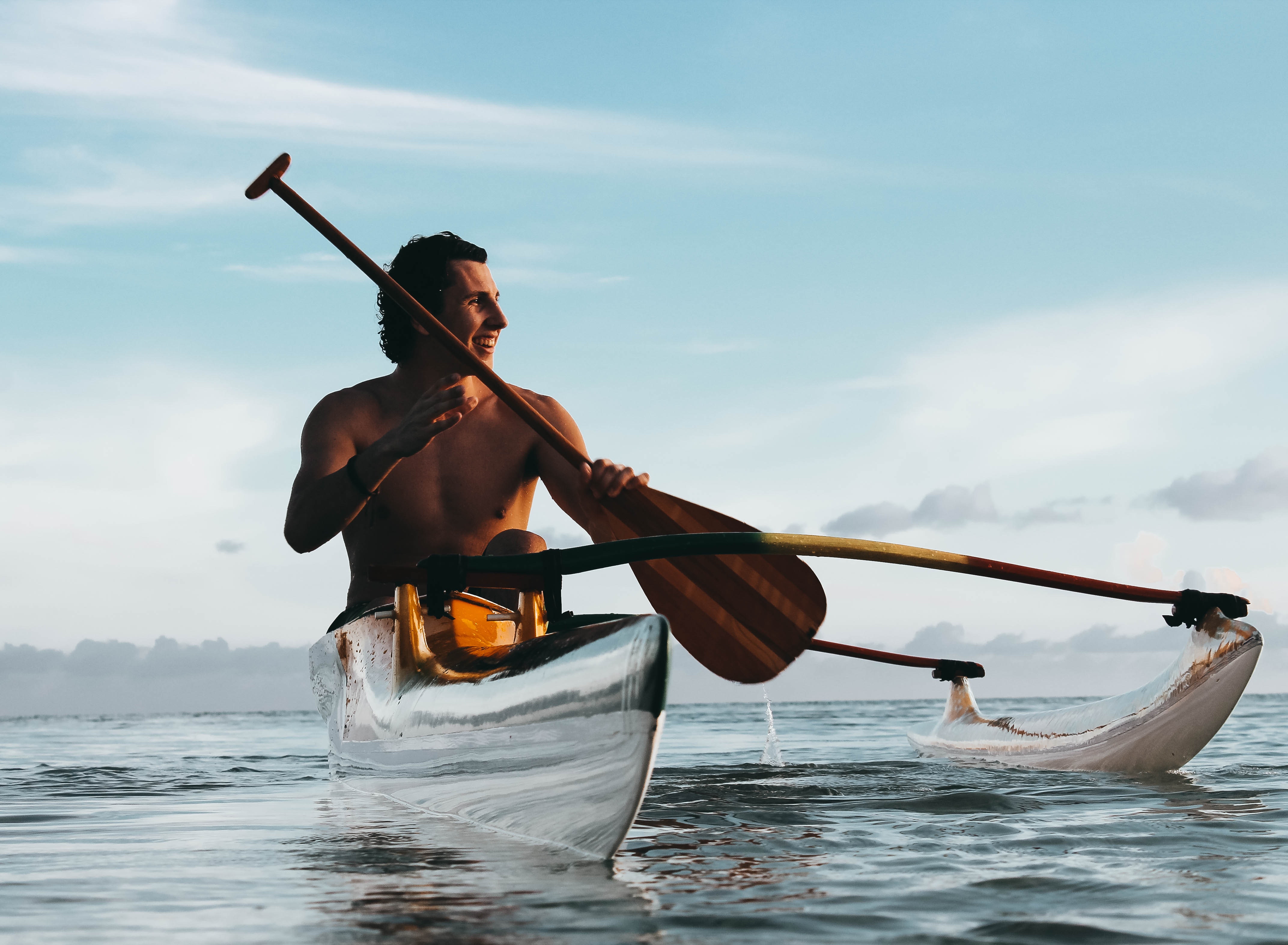
Jen Fuller of Sausalito is an exercise therapist and former Olympic windsurfer who discovered SUP racing in its infancy, little more than a decade ago, while she was in her mid-late 40s. She quickly rose to become one of the top-ranked female paddlers in the country despite competing against athletes often half her age.
“What I like about stand-up paddling is it’s a weight-bearing activity that improves balance and proprioception, while it builds strength through the whole body,” says Fuller. “It builds bone because you have resistance under your feet but it’s low impact. Swimming and other paddle disciplines (where you’re sitting down) don’t…it also develops coordination. It’s a new pattern and as you get older, I think it’s really important to do new things.”
Fuller, now 57, continues to compete at an elite level as well as train others, both on land and on the water, utilizing her degrees in physiology and kinesiology and a diverse background that includes running an indoor cycling studio (find out more at JenFullerFitness.com).
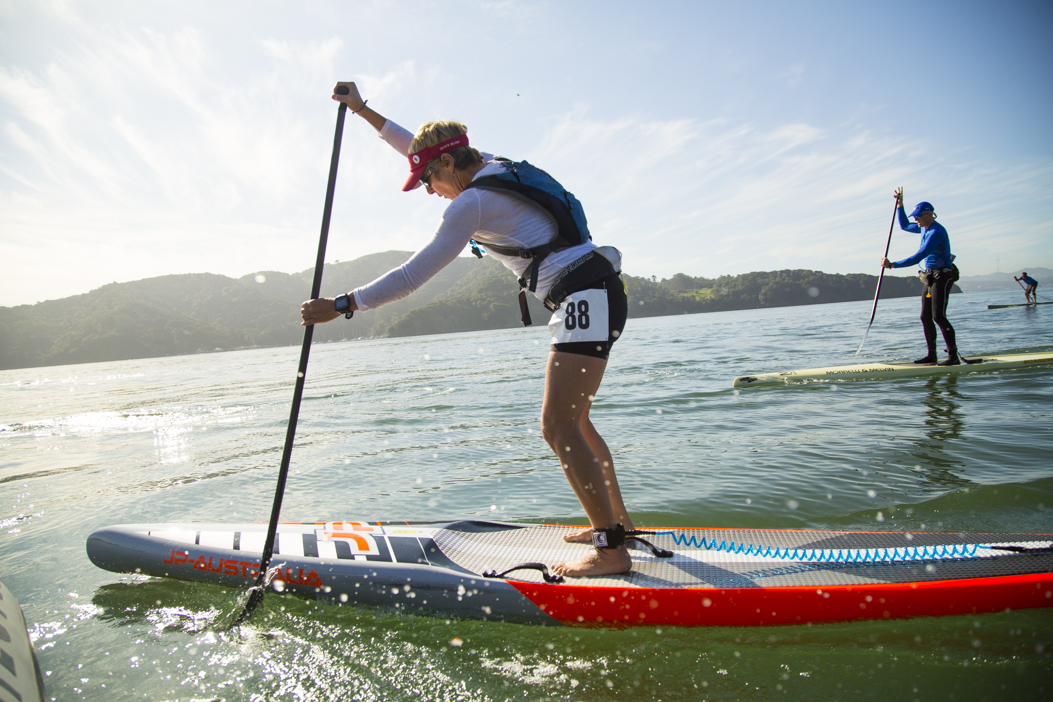
SUP is also forgiving in other ways, Fuller notes. Since falling is often part of learning any new sport, particularly stand-up, unlike sports on terra firma, if you fall it’s usually a soft, harmless landing…albeit wet.
Good thing because learning is half the fun.
Paddling is easy to do but hard to master. Performance paddling is as dependent on technique as it is on fitness, if not more so. Participate in a few paddle races and it’s evident that a modestly fit person with good stroke technique will outpace a fitter, stronger person with shaky technique. As a high-rep activity done at relatively slow speeds, paddling prioritizes efficiency like few other sports.
Learning how to paddle well is one of the most rewarding aspects of the sport. It activates all manners of learning: visual, sensory, auditory, analytical. Given good instruction, breakthroughs happen fast at first, which can speed development from the beginner to intermediate level in a matter of days if not hours. After that, progress stretches out, breakthroughs are more hard-won, but incremental improvements will continue to provide encouragement.
The big-picture key is learning to use large muscle groups and not overly rely on your arms and shoulders. It’s a misnomer to think that your arms do the paddling; they are merely levers in the overall system. If demanded to do most of the pulling, those guns will quickly be overwhelmed. If you come away from paddling feeling like you just did a bunch of curls, it’s time for a paddling makeover. Likewise, the core benefits that are often used to sell paddling to the uninitiated, will only happen over time.
Be wise and invest in some instruction upfront to avoid the pitfalls of poor form.
“Balancing your mechanical patterns so you’re not courting repetitive stress injuries is key,” says Fuller (pictured right). “No matter what the sport is, everyone needs to train smart, have adequate recovery time, fuel correctly and not get burned out.”
For a deep dive into the physiological and biomechanical intricacies of paddling, Dr. Kelly Starrett, a Marin-based Crossfit pioneer, functional movement guru and lifelong paddler, recently published, Waterman 2.0: Optimized Movement for Lifelong Pain-Free Paddling and Surfing.
Beyond the physical benefits, paddling offers many intrinsic rewards that are harder to quantitate but perhaps just as relevant to our wellbeing.
In a high-tech world that has led psychologists to coin terms like “nature deficit disorder,” paddling can transport us to a watery wilderness, even in the midst of a bustling cityscape, that rewards not just our bodies but our moods and minds.
And, of course, in these virus-rattled times, paddling offers an easy means of physical distancing. After all, where else is there more room to spread out than on the water?
Indeed, in many respects, paddling is an ideal sporting escape for stir-crazy souls perhaps looking for an alternative to running and cycling. But there’s nothing new about it. Our ancestors have used canoes for hunting, fishing and gathering for centuries.
“I think a lot of people are attracted to it because you actually can get out into nature, and cover some ground, and the action is pretty primal,” says Fuller.
“I know that sounds a little esoteric, but a lot of people I talk to say, yeah that actually is why I like paddling. You can get out on your own. You’re not on a crowded street with a bunch of cars or running on a trail where there are a lot of people. Precisely because there aren’t swarms of people doing it, the adventure is very appealing.”
For Wild, paddling’s cardio and core-strengthening benefits are secondary to the spiritual sensation of gliding on water. “Water has a natural healing presence and gliding on that water under your own power is very therapeutic, very Zen.”
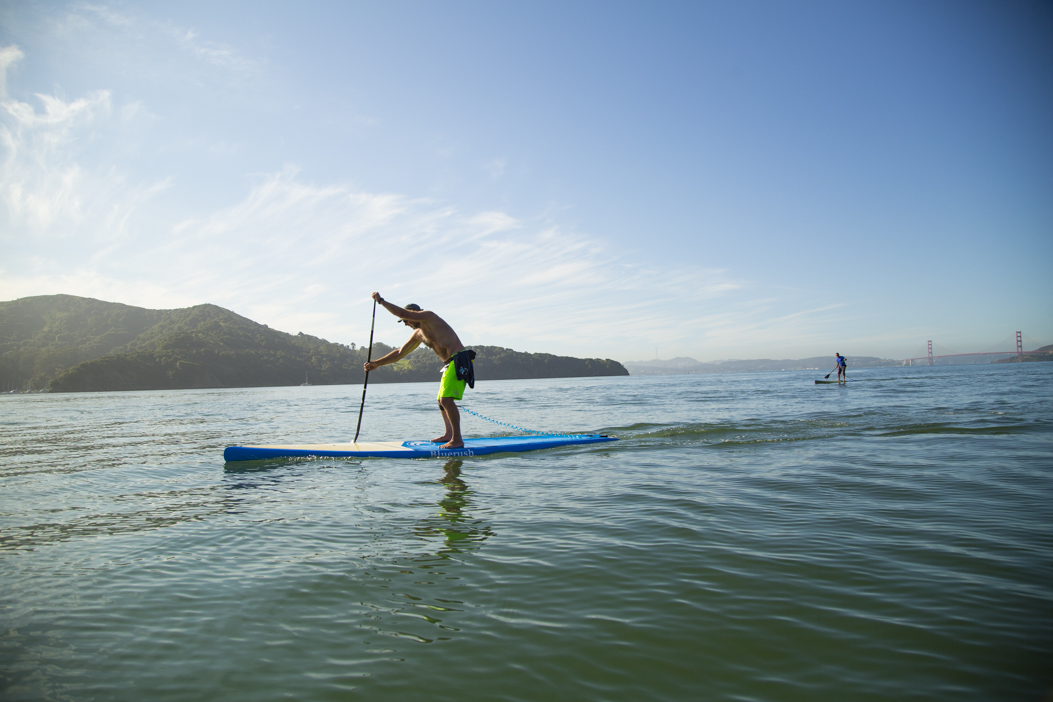
Getting On the Water
In normal times, water access can be a challenge. With the coronavirus pandemic, many access points, public and private, are closed. It’s expected that closures are temporary and will hopefully be resolved by summer. Businesses such as 101 Surf Sports in San Rafael and Sea Trek in Sausalito are popular gateways for paddlers of all stripes. Both provide rentals, instruction and expertise in multiple paddle disciplines; 101 Surf Sports also offers sales.
In recent years, the number of public-access points for paddlers has actually been on the increase. The San Francisco Bay Water Trail and the Bay Area Sea Kayakers’ website (see the Trip Planner function), offer good insights on where to get on the water around the bay and beyond.
Rowing, Paddling: What’s the Difference?
In popular culture, many are unaware of the distinction between paddling and rowing. Though they share obvious similarities, they are not interchangeable terms.
“Rowers see the past, paddlers see the future,” goes the old tongue-in-cheek adage, rarely heard in rowing circles.
Rowers face their stern and use a set of oars. Paddlers face their bow and use a single paddle with one blade (canoes, outriggers, SUP) or two blades (kayaks, surf skis).
The only folks who might quibble with this delineation are oar-boat raft guides and drift boaters who often navigate rapids facing forwards (downstream), which you could say is rowing backwards! For fitness seekers, though, the distinction holds.
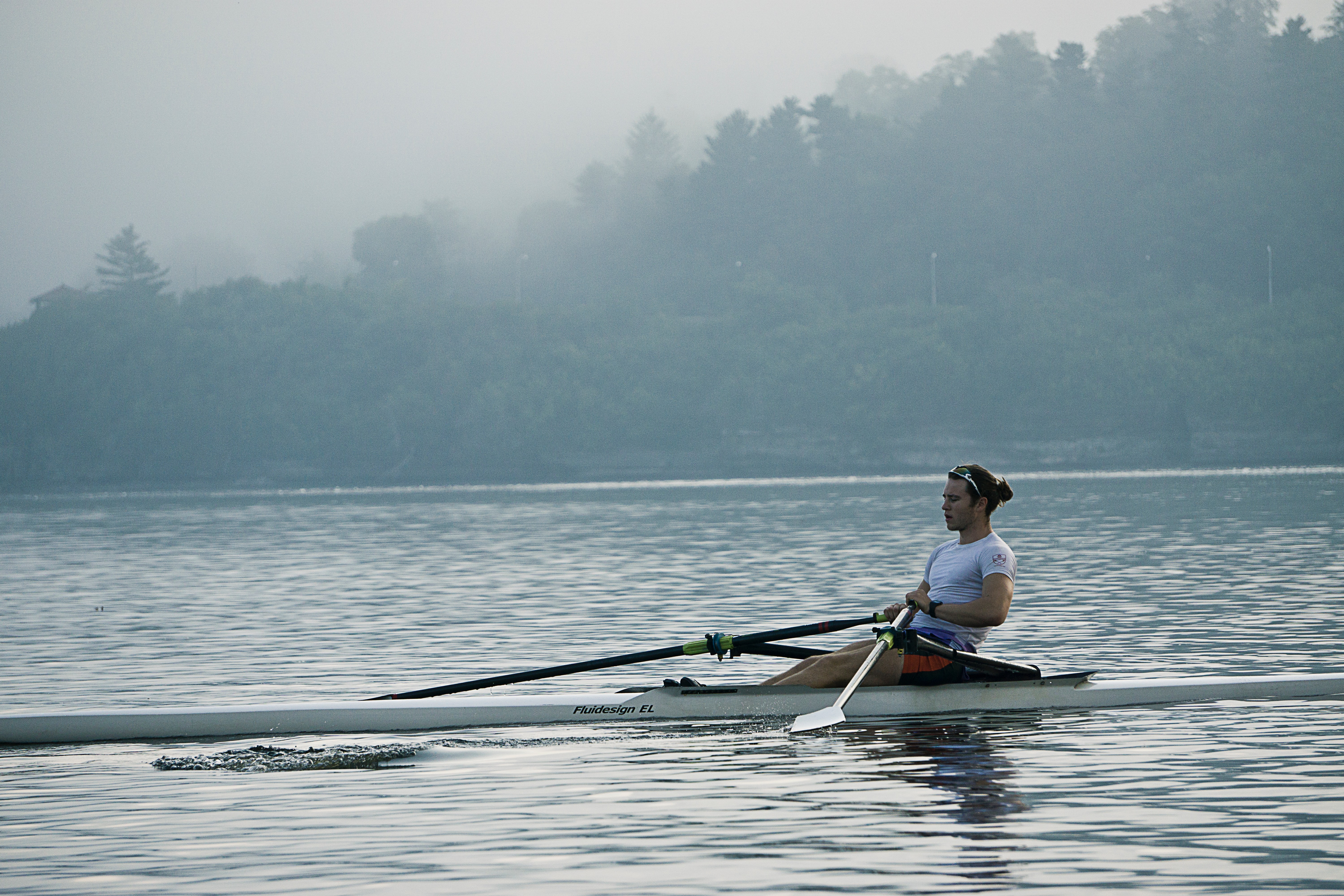
While rowing is a great full-body exercise, as rows of empty rowing machines in shuttered gyms attest, paddling has some practical advantages when it comes to transport, set up and launching that make it easier for individuals to get out on the water on their own.
No matter, paddling and rowing share a universal appeal of gliding on water. And if the power and glide of rowing pulls you in, excuse the pun, Marin has two premiere outlets: the Marin Rowing Association on Corte Madera Creek, for structured team and group workouts in more protected water, and the Open Water Rowing Center in Sausalito, for single rowing shells on the open water of Richardson Bay.
Pick Your Paddle Craft
For fitness paddling, plastic kayaks, recreational paddleboards, and even expensive sea/touring kayaks are less than optimal. You want relatively lightweight composite craft that allow you to get you and your craft to the water with minimal transition and set-up time. If it’s a burden to carry or set-up, it’s a disincentive. Most of the vessels below weigh under 40 pounds at the most, under 25-30 pounds in carbon composite constructions.
Some broad-but-not-absolute generalizations to keep in mind: The longer the waterline, the faster the craft. The narrower the craft the less resistance it will have on the water but the tippier it will likely be.
A common maxim in paddling is “swimming is slow.” And for that matter so is constant bracing. Thus, getting the fastest craft available won’t pay dividends unless you have the skills to match. As a wise paddling sage once said, “Stability before ability.” Here are the four primary types of craft, generally arranged slowest to fastest, individual paddlers notwithstanding.
Prone Paddleboards
Swimmers/triathletes and surfers will get the most direct crossover training benefits from prone paddleboards. Your arms are your paddles and you lie on your belly (replicating a swim stroke) or sit on your knees to propel these tippy, torpedo-like craft. “It’s the most organic form of paddling in my opinion because all you need is your board and your hands,” says Jay Wild. “You’re in it, you’re wet, you’re so close to the water.”
Stand-Up Paddleboards
If you spend your days sitting down, you may want to stand up on the water, liberating yourself from another seat. “Standing on the water is the appeal for many people,” says Wild. The perspective you get is commanding and with the paddle you can learn to use your entire body to create torque and power.
Outrigger Canoes
With its Polynesian routes, outrigger canoes are one of the oldest forms of paddling there is. Today, OCs have seen a resurgence in popularity as paddlers gravitate from SUP and elsewhere, to these faster, more stable craft that exude the “Ohana” spirit and offers even more of that addictive glide.
Surf Skis
These are the road bikes of the water. Essentially, they’re long, skinny, lightweight sit-on-top kayaks. The name generates confusion; while they can surf in skilled hands they’re designed for covering distances in flat and rough conditions. Combine with a winged paddle (a scooped racing blade), technique and experience, a surf ski is the fastest ocean-capable paddle craft there is.
Paddling Fitness Basics
Stand-Up Paddle:
- Benefits what part of the body: Shoulders, rotator cuffs, abdomen, chest, feet, legs, glutei, heart, overall stability and balance
- Calories/hour 125 lb person: 300 – 600
- Calories/hour 180 lb person: 400 – 700
Kayak:
- Benefits what part of the body: Upper back, shoulders, arms, hands, abdomen (emphasis on obliques), chest, heart
- Calories/hour 125 lb person: 300 – 450
- Calories/hour 180 lb person: 450 – 600
Rowing (As in Marin Rowing, Single Shell):
- Benefits what part of the body: Legs (quads, hamstrings), upper back, arms, abdomen, hands, glutei, heart
- Calories/hour 125 lb person: 550 – 650
- Calories/hour 180 lb person: 650 – 750
Outrigger (OC1):
- Benefits what part of the body: Upper back, shoulders, arms, chest, abdomen, hands, heart, legs (quads, hamstrings) and glutei for stability
- Calories/hour 125 lb person: 300 – 650
- Calories/hour 180 lb person: 650 – 750
Prone Paddleboards:
- Benefits what part of the body: Arms, shoulders, back, abdomen, heart
- Calories/hour 125 lb person: 350 – 500
- Calories/hour 180 lb person: 500 – 650
Surf Skis:
- Benefits what part of the body: Back, chest, abdomen, arms, heart, legs (quads, hamstrings) and glutei for stability
- Calories/hour 125 lb person: 350 – 450
- Calories/hour 180 lb person: 450 – 600
For more from Better:
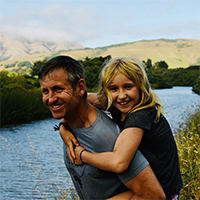 A former Bay Area newspaper reporter and editor of the California regional outdoor magazine Adventure Sports Journal, Pete Gauvin discovered performance stand-up paddleboarding after moving from Truckee to Marin and getting a job at 101 Surf Sports in San Rafael. Paddleboard racing and surfing helped fill the competition and adrenaline void left by cross-country and downhill skiing, whitewater kayaking, running and biking. Last year he competed/completed the California River Quest (100 miles down the Sacramento River), the Battle of the Bay, and the 22-mile Tahoe Cup Lake Crossing, winning the paddleboard division on his 51st birthday. This year, absent competition, he’s looking for a user-friendly GPS watch.
A former Bay Area newspaper reporter and editor of the California regional outdoor magazine Adventure Sports Journal, Pete Gauvin discovered performance stand-up paddleboarding after moving from Truckee to Marin and getting a job at 101 Surf Sports in San Rafael. Paddleboard racing and surfing helped fill the competition and adrenaline void left by cross-country and downhill skiing, whitewater kayaking, running and biking. Last year he competed/completed the California River Quest (100 miles down the Sacramento River), the Battle of the Bay, and the 22-mile Tahoe Cup Lake Crossing, winning the paddleboard division on his 51st birthday. This year, absent competition, he’s looking for a user-friendly GPS watch.
